The steps leading to the river next to Kodandarama Temple in Hampi are usually empty, except for occasional tourists and families of pilgrims arriving and leaving. But we got lucky when I was leading a photography tour last winter. We found a large group of pilgrims stationed at the location, adding a splash of colours to the landscape. During most of this tour, I had kept my camera silent, simply keeping an eye on new perspectives that I may not have seen in my many visits to Hampi. But in the ten minutes of arriving here, my memory card was full!

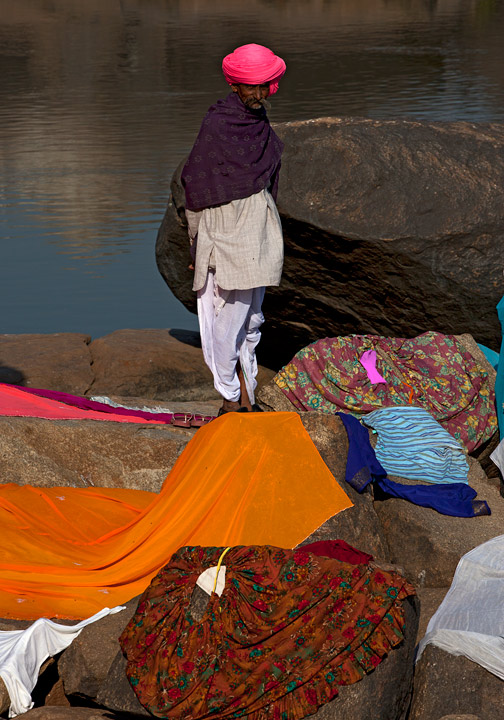
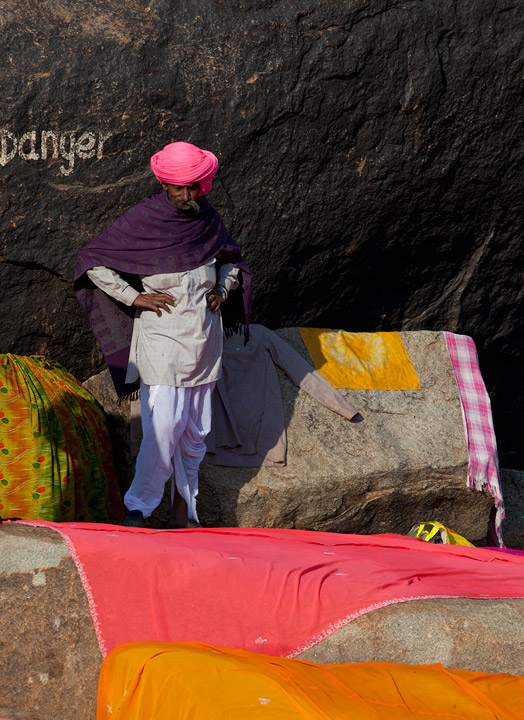
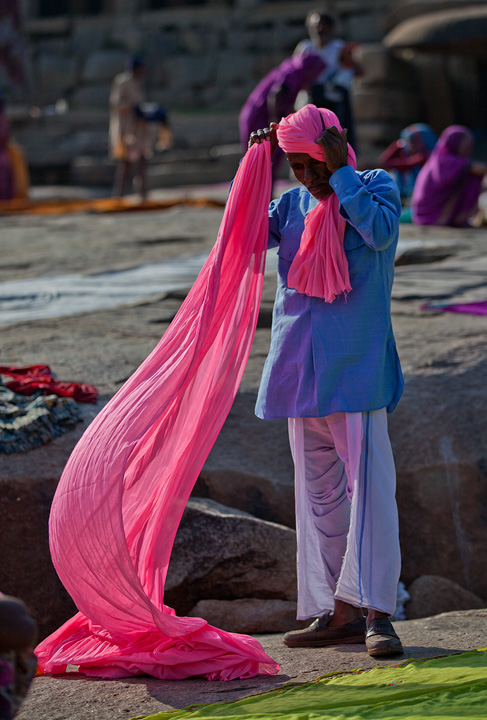
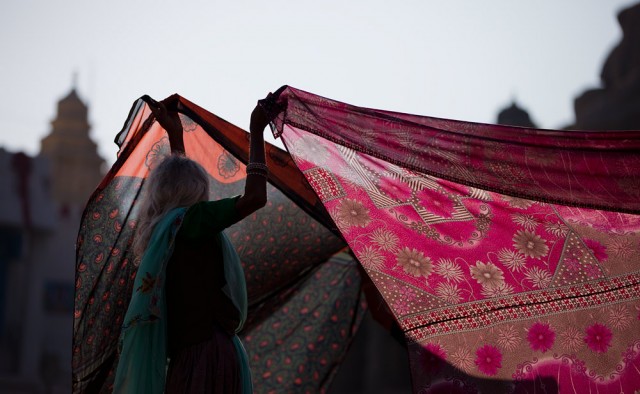
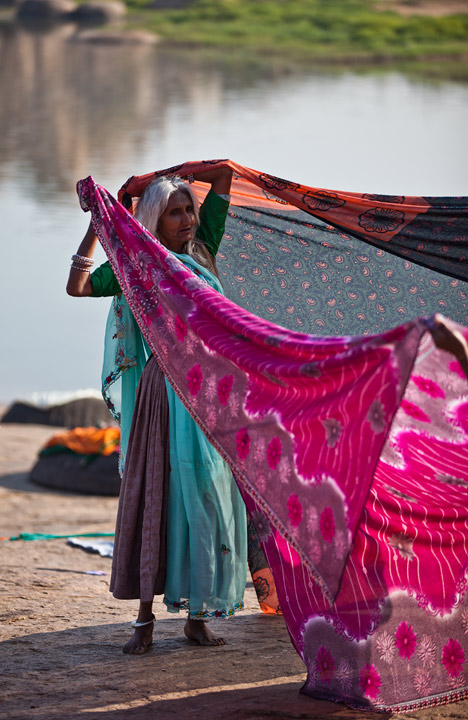
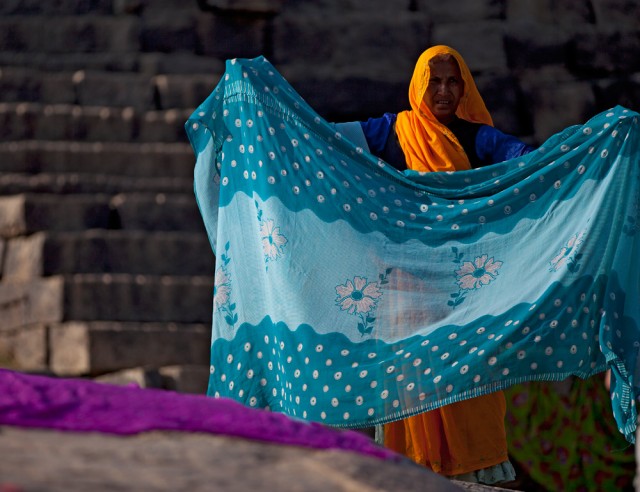
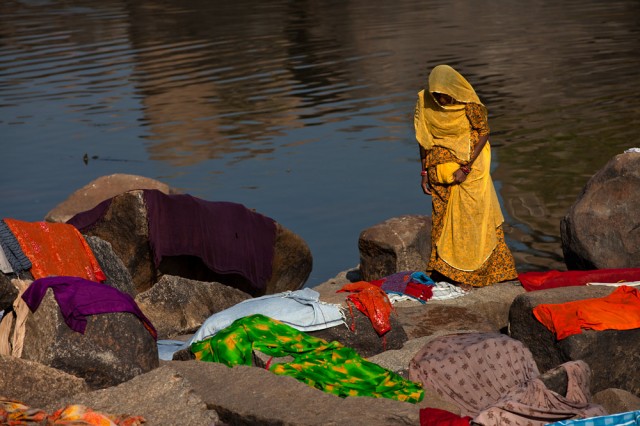
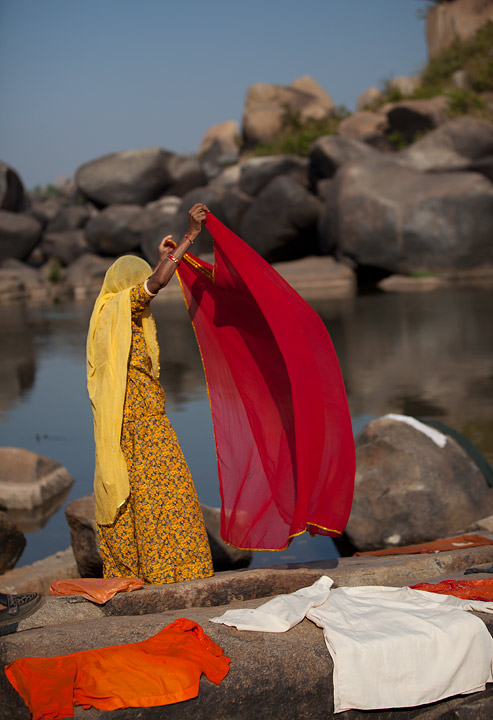
When you visit any monastery, dzong or temple in Bhutan, you are sure to stumble upon young monks full of energy. You find them studiously performing chores of the monastery, chanting in the prayer hall under the watchful eyes of a monk, sitting in the courtyard and reciting from the books, some times playing football, some times chasing each other or making bubbles with a chewing gum. It is a delight to watch these maroon robed kids immersed in their own world, unusually active compared to other children. I encountered these young monks almost every day during our photography tour to Bhutan last month.
Here are some photographs of these young monks captured in various moods. Click on the images to see larger size.
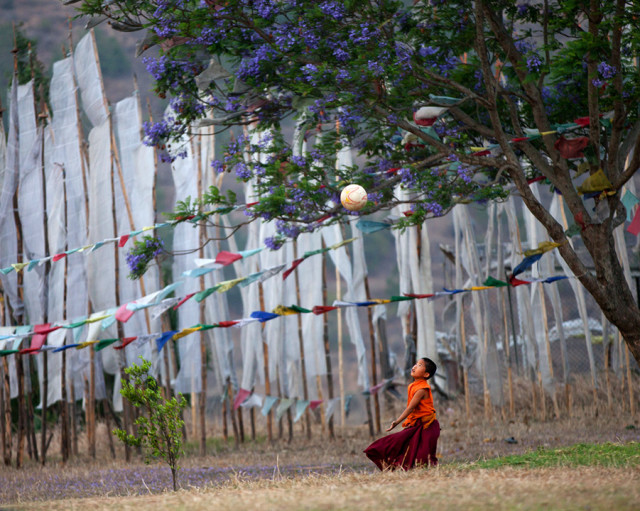
Play time..
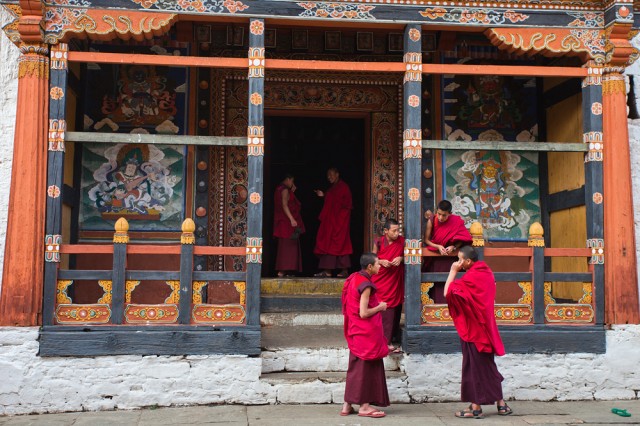
In Conversation
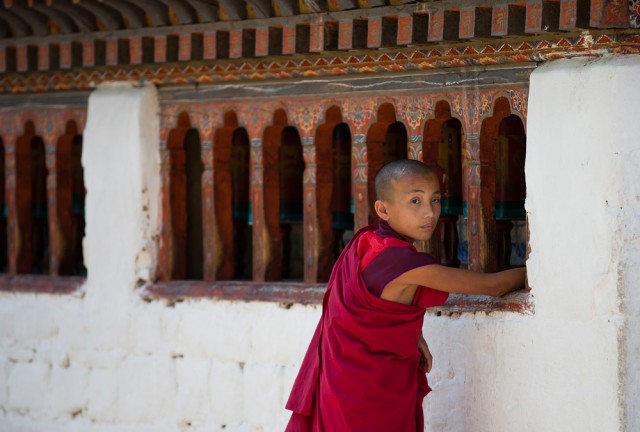
Curious..
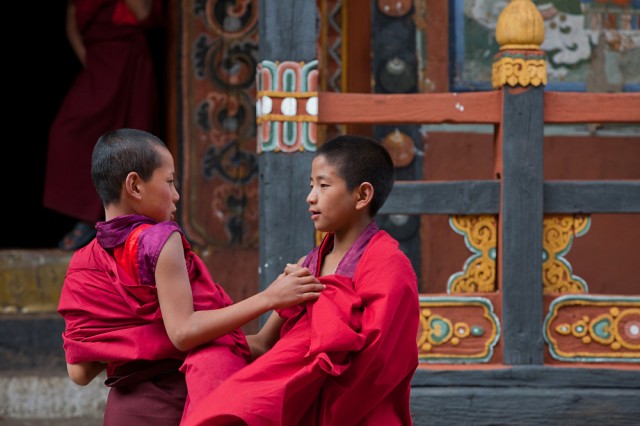
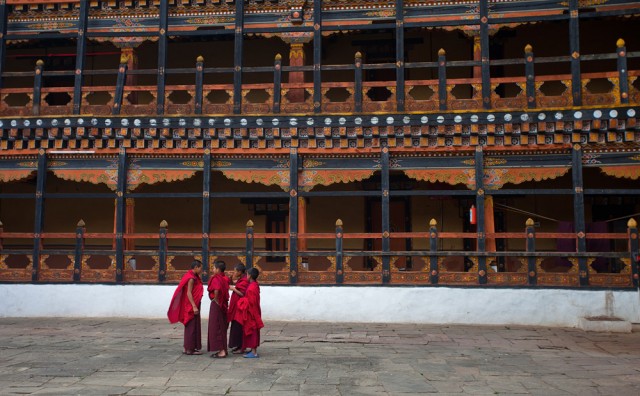
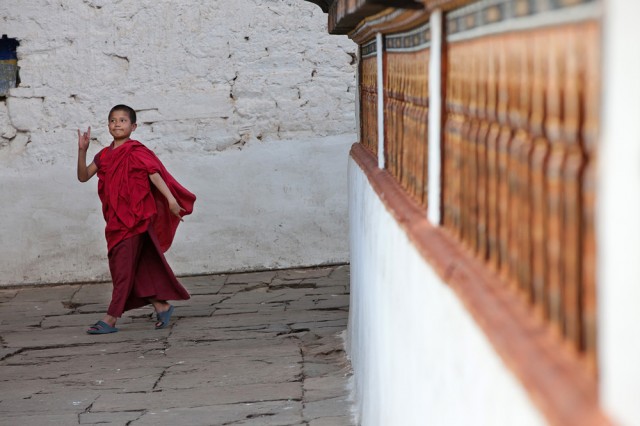
Mischievous..
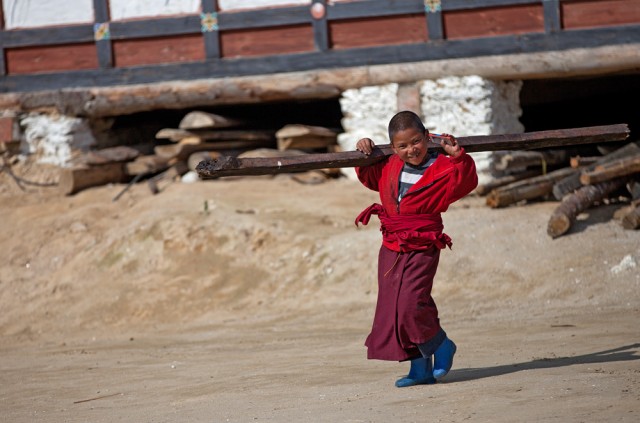
Hardworking..

Anxious..?
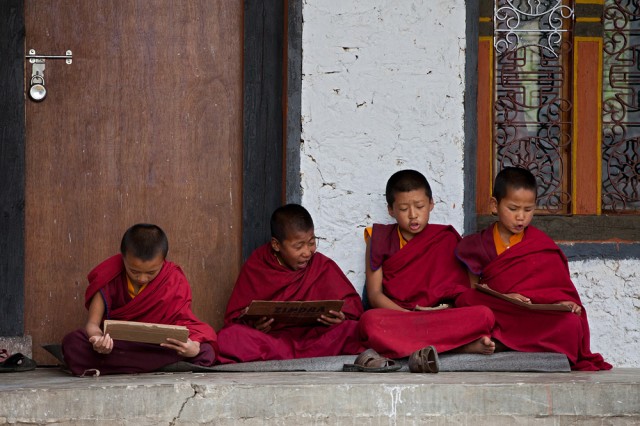
Studious..
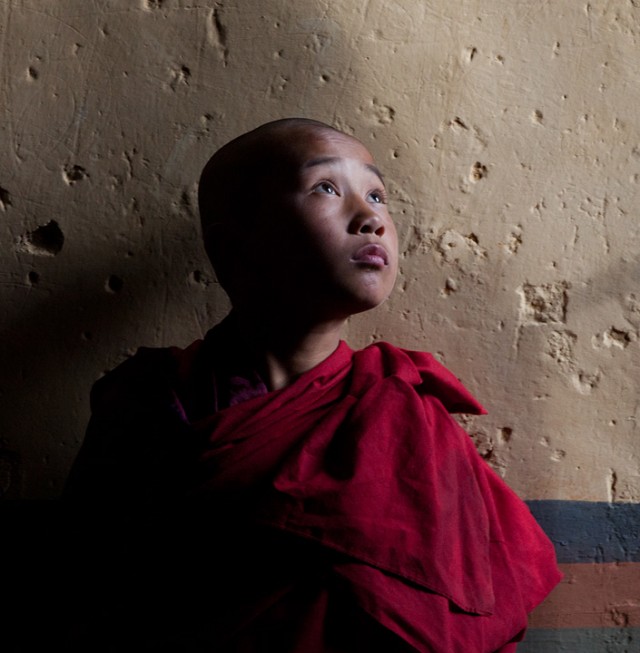
Reflecting..
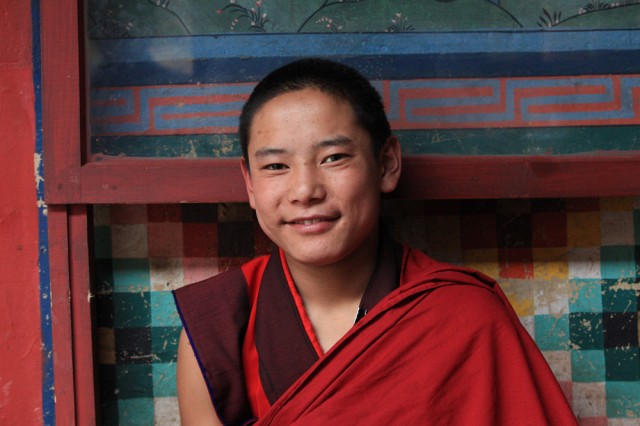
Blissful..
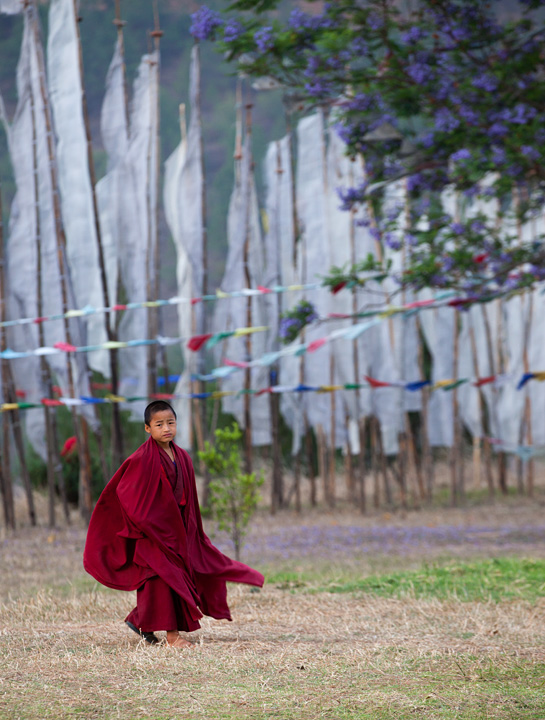
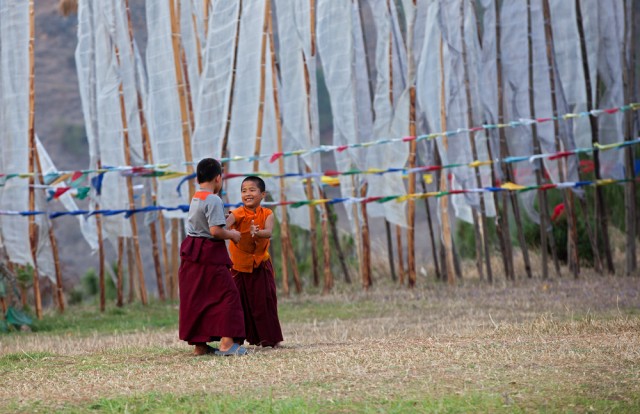
Playful..
A long row of Chinese fishing nets are an iconic landmark of Fort Kochi’s sea front. Every evening, small groups of fishermen standing on thick, long dead tree trunks of this curious contraption are seen pulling a bunch of ropes that gently lifts the half-immersed nets, bringing out a handful of fish that seem too small for the size of the net. In the winter months, when plenty of tourists trot the shore in search of amusement, the fish are sold almost as soon as they are lifted. A bunch of restaurants that shout out ‘you buy the fish, we cook it,’ make up all the market required for the little bounty secured from the nets. One summer evening, I walked into one of the very few nets that was functioning even when the tourists were away, and spent an hour taking pictures and talking to ‘P Samuel’ who was happy to show me around. Some images from the visit.

A ship moves towards Cochin Harbour on the shore opposing the Chinese fishing nets.

The nets are pushed into the water when some one walks on the mast and increases the weight on the far end of the assembly that stretches into the water. To bring the net back up, four to five people pull a bunch of ropes attached to the mast, in a way similar to drawing waters from the well using a pulley.
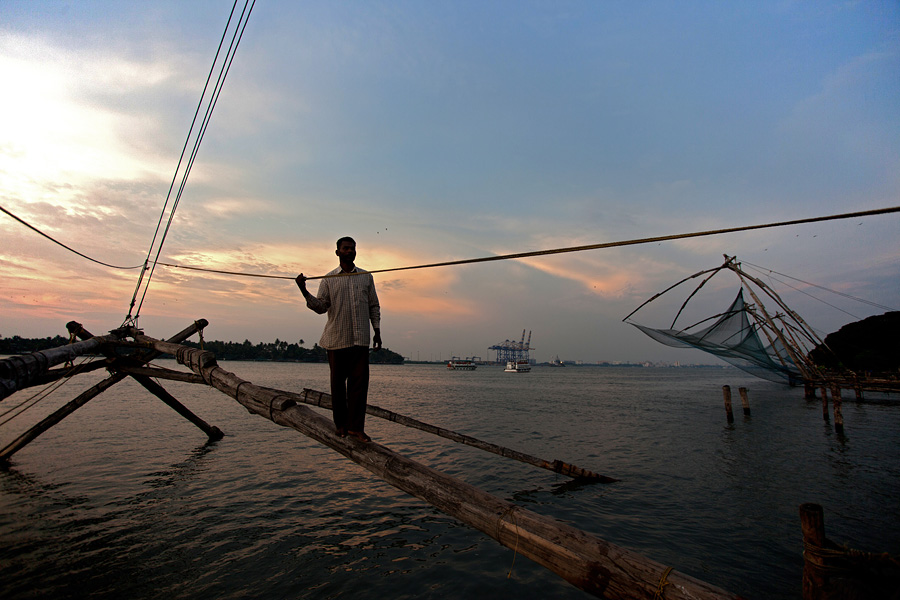
One of the fishermen in the group walks up the pole to push it down the water and returns after the job is done.
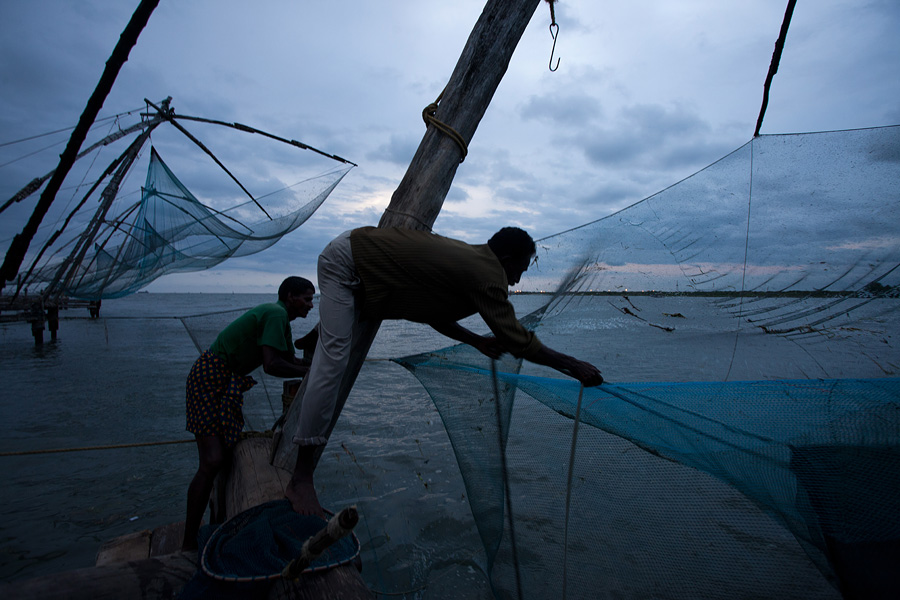
Pulling the booty of fish after lifting the nets. The net is usually kept immersed for a duration of ten to fifteen minutes. During the summer months when I was there, an immersion typically brought back a haul of one to two kilos of fish.
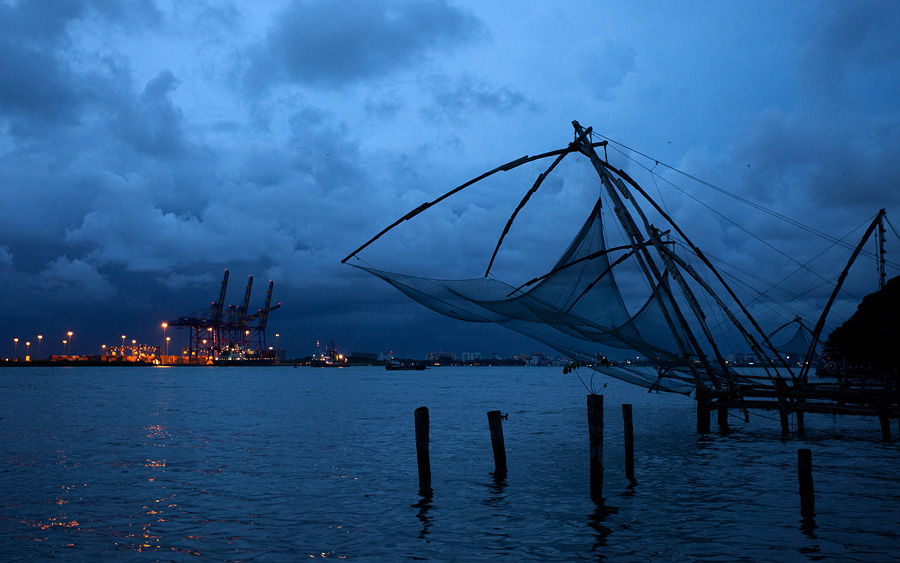
The lights of Kochi Harbour on the faraway shore come on after sunset.
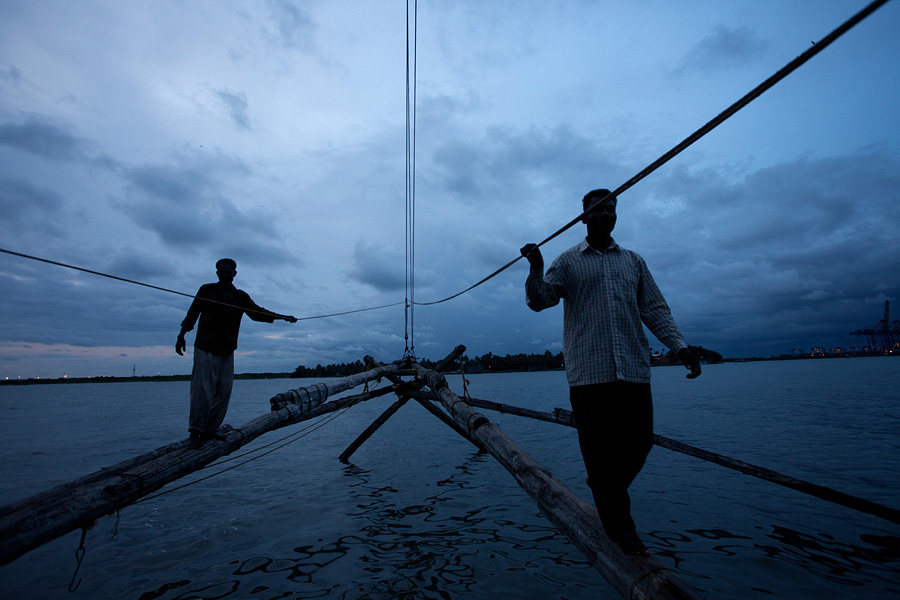
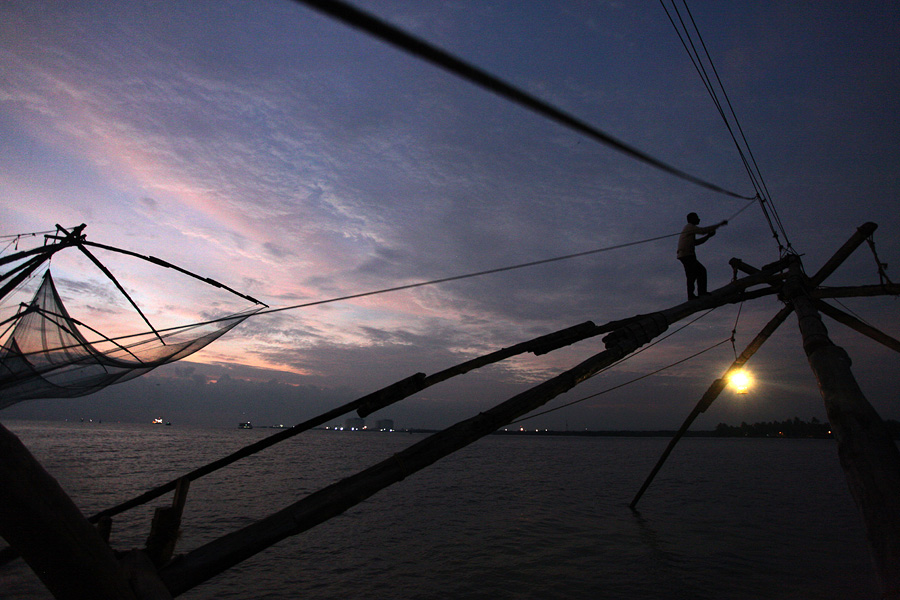
Some time after the sunset, fishermen light a lantern that hangs over the water and attracts more fish. The colourful skies, the lights from the other shore and the bright lamp hung with a rope suddenly transform the atmospehere around the nets.
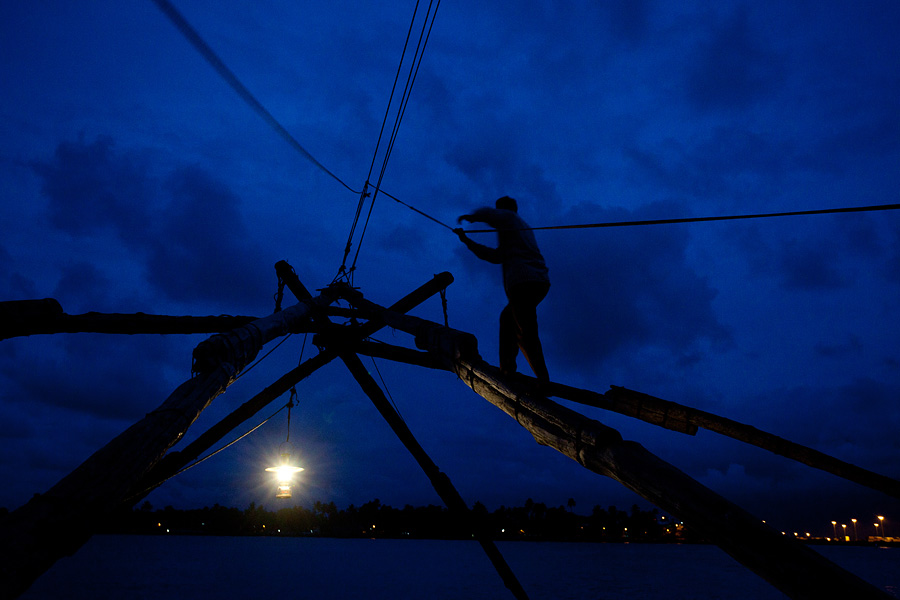
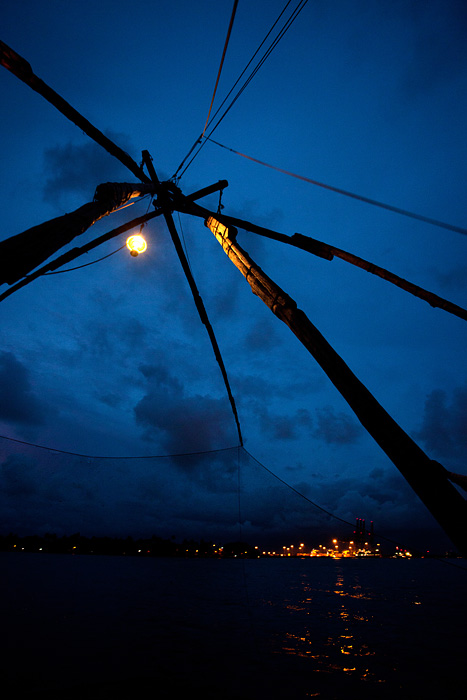
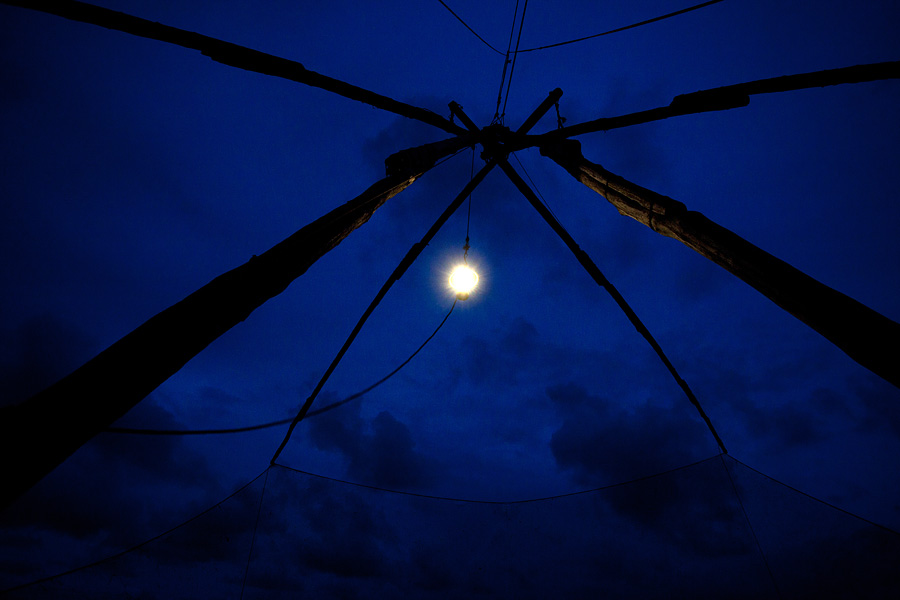
The colours change quickly after sunset, into a deep hue of blue on cloudy days or into deep orange colours in the clear days of winter months.































